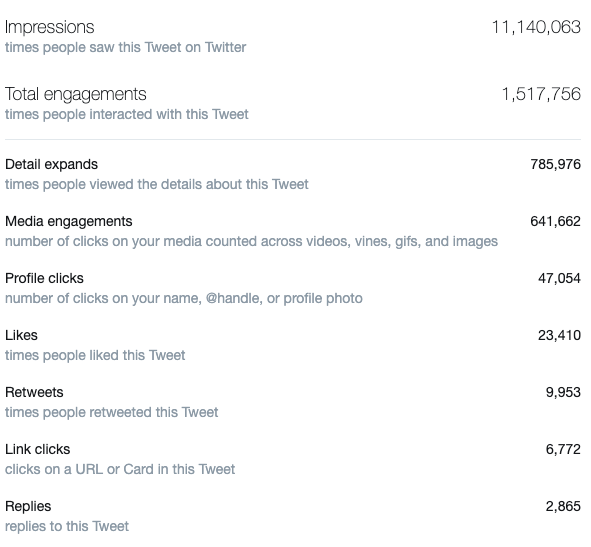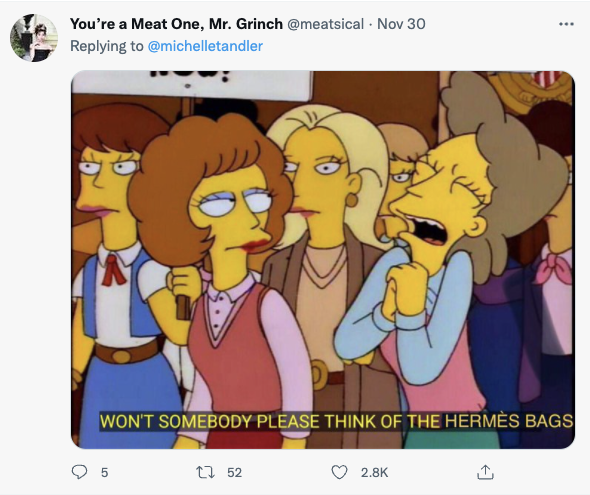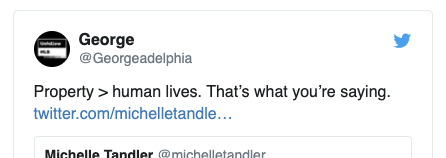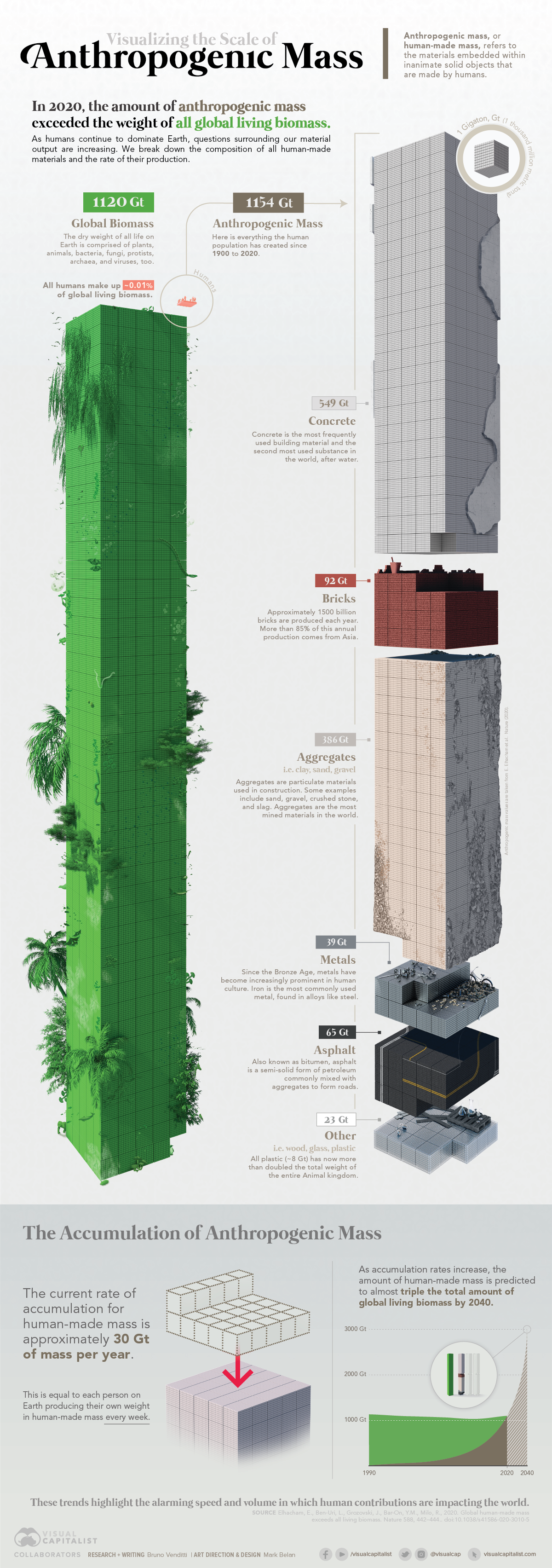bloomberg | To show how exclusive you are, there’s nothing like turning away a billionaire.
Two members of the three comma club were among those nominated to join R360, a new, invitation-only investment and networking group for people with net worth of $100 million or more. Neither billionaire made it past the membership committee, according to Charles Garcia, one of the group’s managing partners.
“I took some grief for that,” said the 60-year-old entrepreneur, a consummate networker who founded Sterling Financial Investment Group in the late 1990s and chaired South Florida chapters of wealth network Tiger 21 for many years. “One person seemed to want to leverage the group to benefit their own business activities, and the other didn’t want to integrate his family.”
Neither of those are in line with the values considered core to the group. Members with those values — which include honor, entrepreneurial grit and generosity of spirit — are invited to go on a three-year “journey” to gain mastery across six kinds of capital: financial, intellectual, spiritual, human, emotional and social. A three-year family membership costs $180,000.
There are countless formal and informal networks for wealthy individuals and families, and R360 aims to find a place among them. Tiger 21, perhaps the most widely known group, has nearly 1,000 members paying dues of $30,000 a year.
For the ultra-wealthy, these groups provide a sort of confidential, supercharged coaching network on everything from figuring out one’s purpose in life to learning more about philanthropy to understanding the blockchain.
“When people get wealth of $100 million or more, their issues are far greater than for people who are wealthy but not at that level,” said Michael Cole, 61, one of R360’s managing partners and the former chief executive officer of Cresset Asset Management. “They’ve achieved success, and are looking more at how can I make an impact on things that matter to me — for myself, for my family, for society.”
Then there are philanthropic networks, such as the invite-only Synergos Global Philanthropy Circle, founded by Peggy Dulany and her late father, David Rockefeller, with more than 100 member families around the world. Like R360, GPC describes membership as a journey — a year-long cycle of “inspiring, engaging and connecting philanthropists and social investors to create a better world.” Dues are $25,000 a year.
These independent groups are in addition to those those formed by private banks and high-end wealth-management firms, which pour resources into building networks designed to connect, educate, entertain — and retain — their ultra-wealthy clients and their children.
They can also be flourishing businesses themselves. Tiger 21 was founded in 1999 by entrepreneur Michael Sonnenfeldt, who sold roughly a 50% stake to private equity firm Education Growth Partners in 2019 for an undisclosed sum.
R360 is set up as a limited partnership, with 48 founding partners contributing $350,000 each, which equates to about a 60% ownership. The group wants to add about 50 members a year until reaching 500 in the U.S. and 500 abroad. Garcia stresses that R360 will never be sold, and that “the idea is to have this around 100, 200 years from now.”















